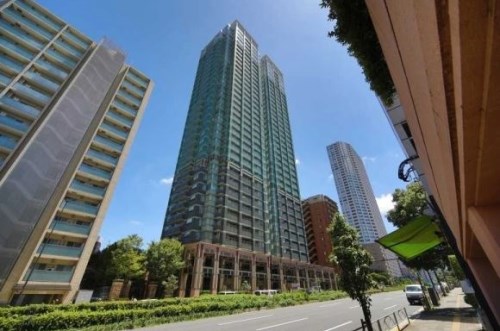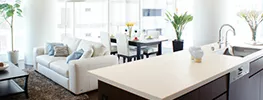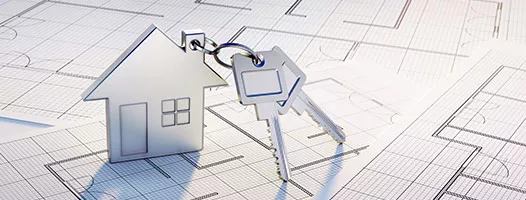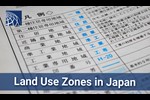Tips for buying an old apartment in Japan
According to a survey taken by the Ministry of Land, Infrastructure and Transport, the total number of apartment buildings (as of 2012) in Japan is approximately 5,900,000. It is estimated that the number buildings over 40 years old will be around 730,000 in 2018.
Second-hand apartments account for the majority of Japan’s buying and selling real estate market. How do people discern the quality and value of an apartment when looking to purchase one secondhand? Here are some tips you should keep in mind before making any purchases.

Seismic performance - Built before June 1981 or after?
Japan’s earthquake resistance standards have been reviewed and revised after every major earthquake that has taken place since June 1981. The goal of these standards is for a building to withstand the seismic intensity of a 6-7 magnitude earthquake. After the initial revision of the standards, apartments built before May 31st 1981 fall under “the old quake-resistance standards,” while those built after are “buildings that satisfy the new quake-resistance standards.”
Many apartments that were built under “the old earthquake-resistance standards”, that have yet to have any problems, have had “an evaluation of seismic capacity” performed on them, satisfying the new standards with their results. By law, apartments with evaluation results not satisfying the quake-resistant performance expectations, require seismic strengthening modifications to meet the standards to meet current standards. Before deciding to buy an apartment that was built before June 1981, it is highly recommended to confirm whether or not the apartment has had an evaluation of its seismic capacity, or if it has had seismic strengthening modifications applied to it.
Management fee and reserve fund for repairs
For the purpose of an apartment’s maintenance, an apartment owner will pay two separate fees. There is a “management fee” and a fee that will be placed into the “reserve fund for repair” that is given to the management association every month. The management fee is used for the daily maintenance and management of a building as well as the electricity bill, cleaning expenses for communal spaces, and a regular inspection expense for communal facilities such as an elevator. The reserve fund for repair is reserved for possible future large-scale repairs.
In old apartments with elderly residents, many vacant rooms, or many rooms for rent, it is likely that many of the management fees and reserve funds for repair have not been properly paid. If there is any delinquencys in payment, it will be an obstacle for any maintenance and repairs in a building. It is best to check that the maintenance fees are being paid before deciding on an older apartment.
Long-term repair plan
Another important point to be aware of is an apartment’s long-term repair plan. A long-term repair plan is usually a 20-30 year period plan for large-scale repairs. Large-scale repairs include but are not limited to, waterproofing, exterior painting, and replacing the water supply and drainage pipes. Things to check before purchasing an older apartment are: the building’s repair plan, the quality of repairs that have been done, how often the repair plan is reviewed and revised, and see the current condition of the apartment first hand.
An example apartment whose property value will not decrease
This is a condominium apartment built in 1970, which is one of oldest apartments that hs more than 10 floors. It is a very typical vintage apartment.
Example:
Mansion Gajoen Building No.1-5 (located in Shimomeguro, Meguro-ku, Kami-Osaki, Shinagawa-ku)
An 8 min walk from JR Meguro Station, within walking distance to Fudomae Station.
Well-managed with a security guard manning the entrance of the premises 24/7.
Located in a quiet environment along the Meguro River.
From the outside, the building appears relatively old, but in a good location and with proper management. It is still very popular and attracts so many applicants that if a room becomes available for rent or sale, the vacancy will be filled immediately. Large-scale renovation work has been conducted recently and the building has been painted white giving it a clean and fresh look. Renovations are currently on-going for the communal spaces, such as an elevator hall or replacing the entrance door of each apartment unit.
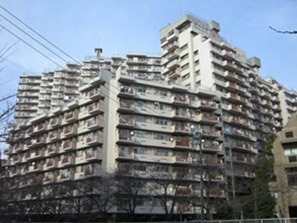
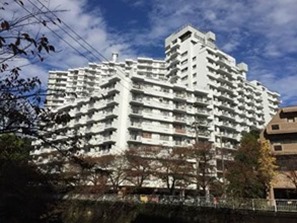

- Apartments and Houses for Sale in Tokyo
- Listings of apartments, condominiums, and houses available for purchase in Tokyo.


